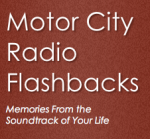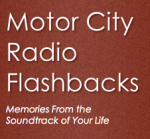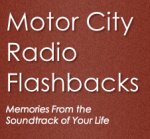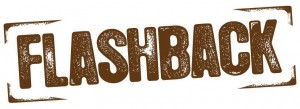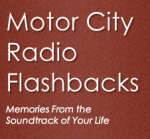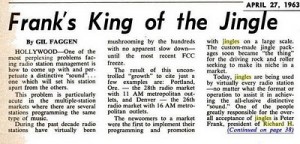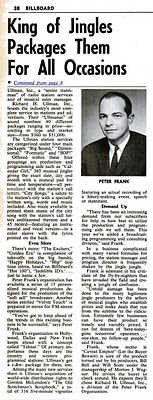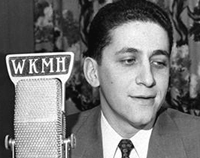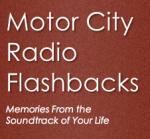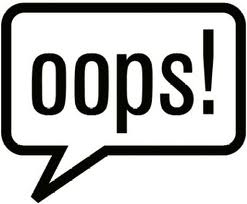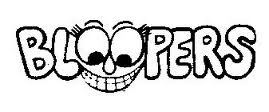From the MCRFB NEWS archive: 1959
McKENZIE BOWS OUT IN ‘FORMULA RADIO’ PROTEST
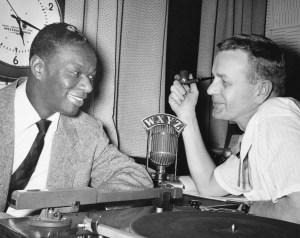
DETROIT — Veteran deejay Ed McKenzie resigned from station WXYZ here last week in protest of the station’s “formula radio” programming policy.
Rallying to his side was his long-time competitor and another Detroit veteran spinner, Robin Seymour, of WKMH, who came out strongly last week for McKenzie and against “formula radio.” Seymour stated that, “It’s a crime and a shame when one of the true deejays – one of the men who made the jockey a major factor in broadcasting – has to bow to the dictates of a program director.”
Although Seymour and McKenzie – two of Detroit’s key deejays – have vied for audience ratings for the past eleven years (they occupied the same afternoon time slot) Seymour said they remained friends – their friendship dating back to the time McKenzie gave Seymour his first radio job at WJBK here.
Seymour had asked McKenzie to appear on his WKMH show to discuss the whole formula radio situation and his reasons for leaving WXYZ. Seymour said they will explore the jockey’s need for freedom of programming and will discuss further on whether the advent of “formula radio” has anything to do with the fact that no new name deejay (other than Dick Clark) has come up from the ranks in recent years.
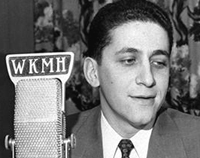
Seymour said his station, WKMH, is now the only major Detroit station operating on a non-formula programming policy. The outlet did adopt a non-rock and roll format last year, but Seymour said the management dropped the policy last January, and put record programming back in the deejay’s hands. As a result, the jock said WKMH’s ratings are already showing a small rating climb – the first rating increase for the station in some time.
The WXYZ “formula” (featuring the Top 40 singles was adopted by the station about a years ago, and WXYZ vice-president in charge of radio, Hal Neal, opined “Our interpretation of radio is that it is a step moving forward.”
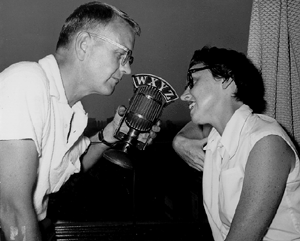
McKenzie on the other hand expressed his opinion that this “formula” did not jibe with his interpretation of radio as “being intimate and friendly.” He stated that his ratings were dropping since the “formula” policy had gone into effect and that he would sooner “dig ditches or sell hot dogs” than go back to formula radio “because I can’t do something I don’t believe in.”
The radio station disagreed with use of McKenzie’s bird calls on the air and his “on the air” comments on office typing and the programming. The station also found themselves in disagreement with McKenzie about their new policy to boost the station on his programs, which the jockey termed “unnecessary.”
McKenzie’s 3 p.m. to 6:15 p.m. spot is being taken over by Mickey Shorr, who will have another replacement for his own Night Train program. Reportedly making between $60,000 and $80,000 a year in his 29th year with radio, McKenzie was Jack The Bellboy at WJBK before he changed to WXYZ radio in 1952. END
___
(Information and news source: Billboard; March 16, 1959)

![]()
